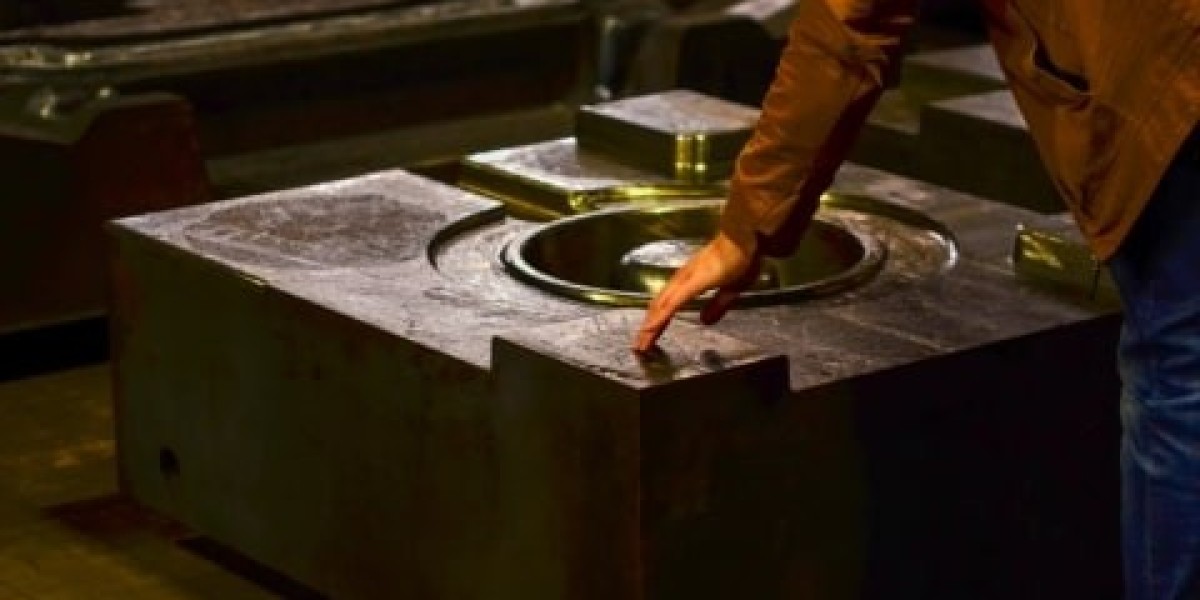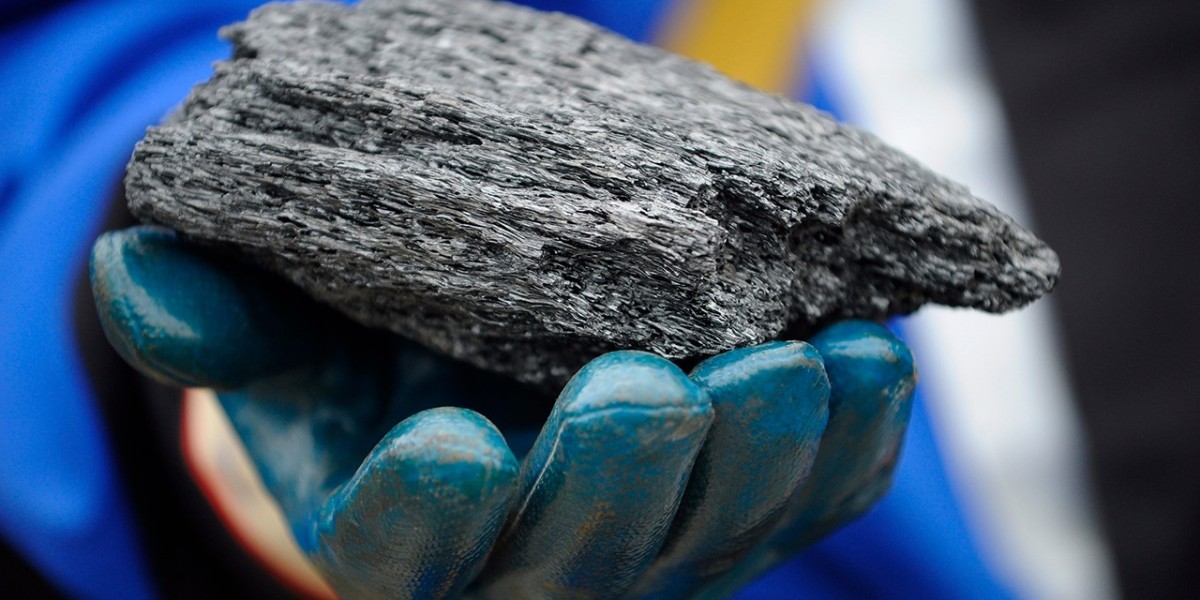Precision casting, also known as investment casting, is a versatile manufacturing process used to create intricate metal parts with high accuracy and surface finish. From aerospace components to artistic sculptures, precision casting finds applications across various industries. This guide aims to provide a comprehensive overview of precision casting, covering its principles, materials, equipment, process steps, and quality control measures.
Understanding Precision Casting: Precision casting involves creating a mold, typically made of ceramic or wax, into which molten metal is poured. Once the metal solidifies, the mold is removed, leaving behind a precise replica of the desired part. This method is ideal for producing complex shapes that are difficult or impossible to achieve with traditional machining methods.
Materials: The choice of material depends on the specific requirements of the part being produced. Common metals used in precision casting include stainless steel, aluminum, bronze, and titanium. Each material has its own unique properties, such as strength, corrosion resistance, and thermal conductivity, which must be considered during the casting process.
Equipment: Key equipment used in precision casting includes:
- Wax Injection System: Used to create wax patterns of the desired parts.
- Ceramic Shell Building Station: Where the wax patterns are coated with ceramic slurry to form the mold.
- Furnace: Used to melt the metal to its liquid state for pouring.
- Pouring Equipment: Crucibles or ladles for transferring molten metal into the mold.
- Cooling System: Ensures controlled cooling of the casting to prevent defects.
- Finishing Tools: Equipment for removing excess material and refining the surface finish of the cast part.
Process Steps:
- Pattern Creation: Design the part and create a pattern using CAD software.
- Wax Injection: Inject molten wax into a mold cavity to form the wax pattern.
- Assembly: Attach multiple wax patterns to a central wax sprue to form a tree-like structure.
- Shell Building: Dip the wax assembly into ceramic slurry and coat it with ceramic particles to create a shell.
- Dewaxing: Heat the ceramic shell to melt and remove the wax, leaving behind a hollow mold.
- Preheating: Heat the ceramic shell to a specific temperature to prepare it for metal pouring.
- Pouring: Pour molten metal into the preheated ceramic shell and allow it to solidify.
- Cooling and Solidification: Allow the casting to cool and solidify within the ceramic shell.
- Shell Removal: Break or dissolve the ceramic shell to reveal the finished casting.
- Finishing: Remove excess material, trim gates and sprues, and perform any necessary machining or surface treatment.
Quality Control: Quality control is essential throughout the precision casting process to ensure the final parts meet specifications. This includes inspection of raw materials, monitoring of process parameters, and examination of finished castings for defects such as porosity, cracks, or dimensional inaccuracies. Non-destructive testing techniques such as X-ray inspection or ultrasound can also be employed to detect internal defects without damaging the parts.
Conclusion: Precision casting offers a cost-effective and efficient method for producing complex metal parts with high accuracy and quality. By understanding the principles, materials, equipment, process steps, and quality control measures involved, beginners can embark on their journey to mastering precision casting and unlocking its vast potential across various industries.








